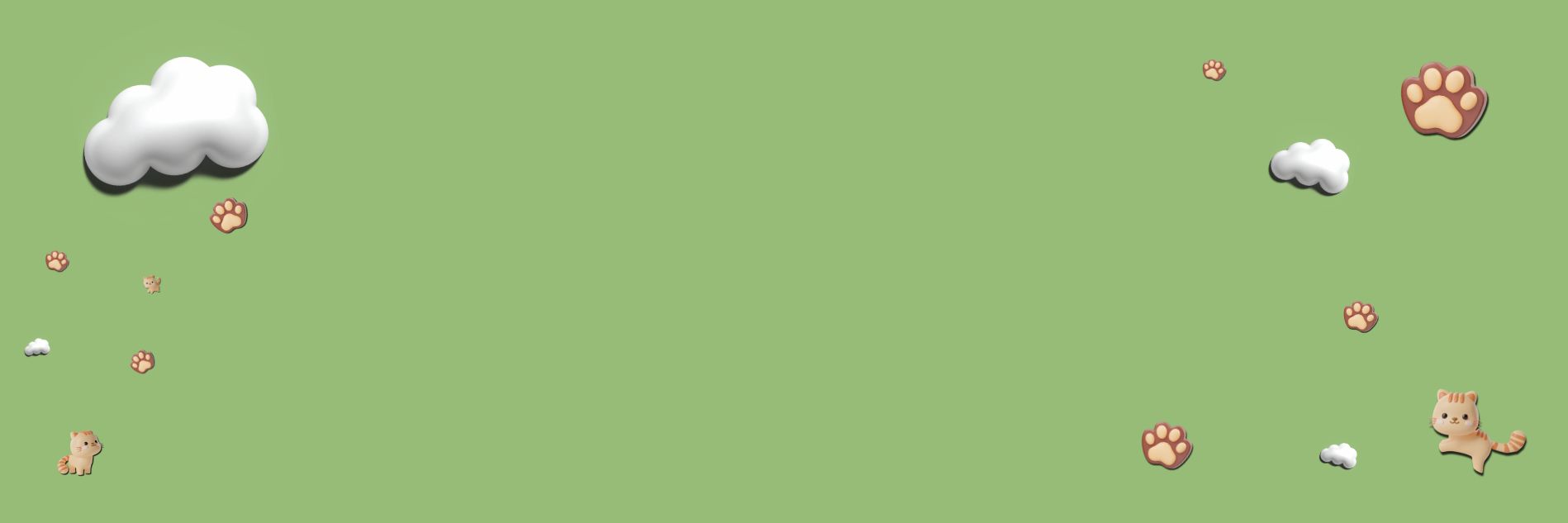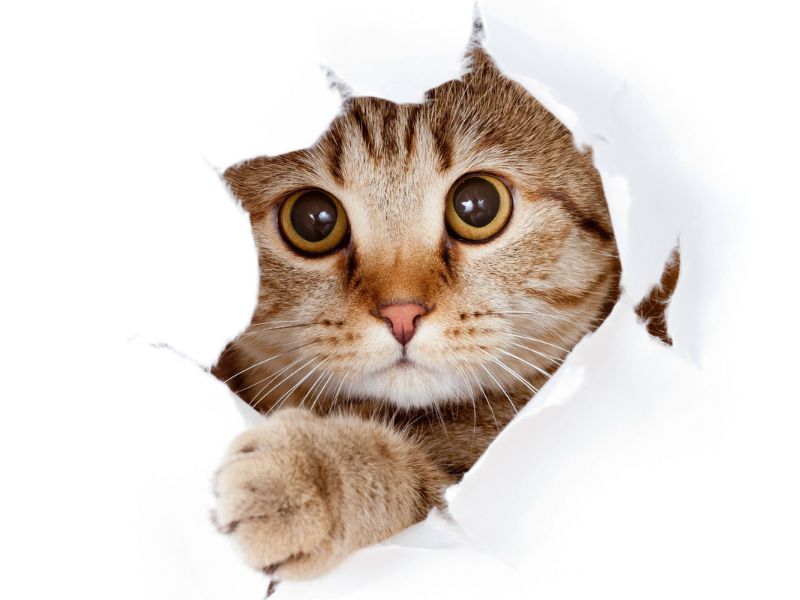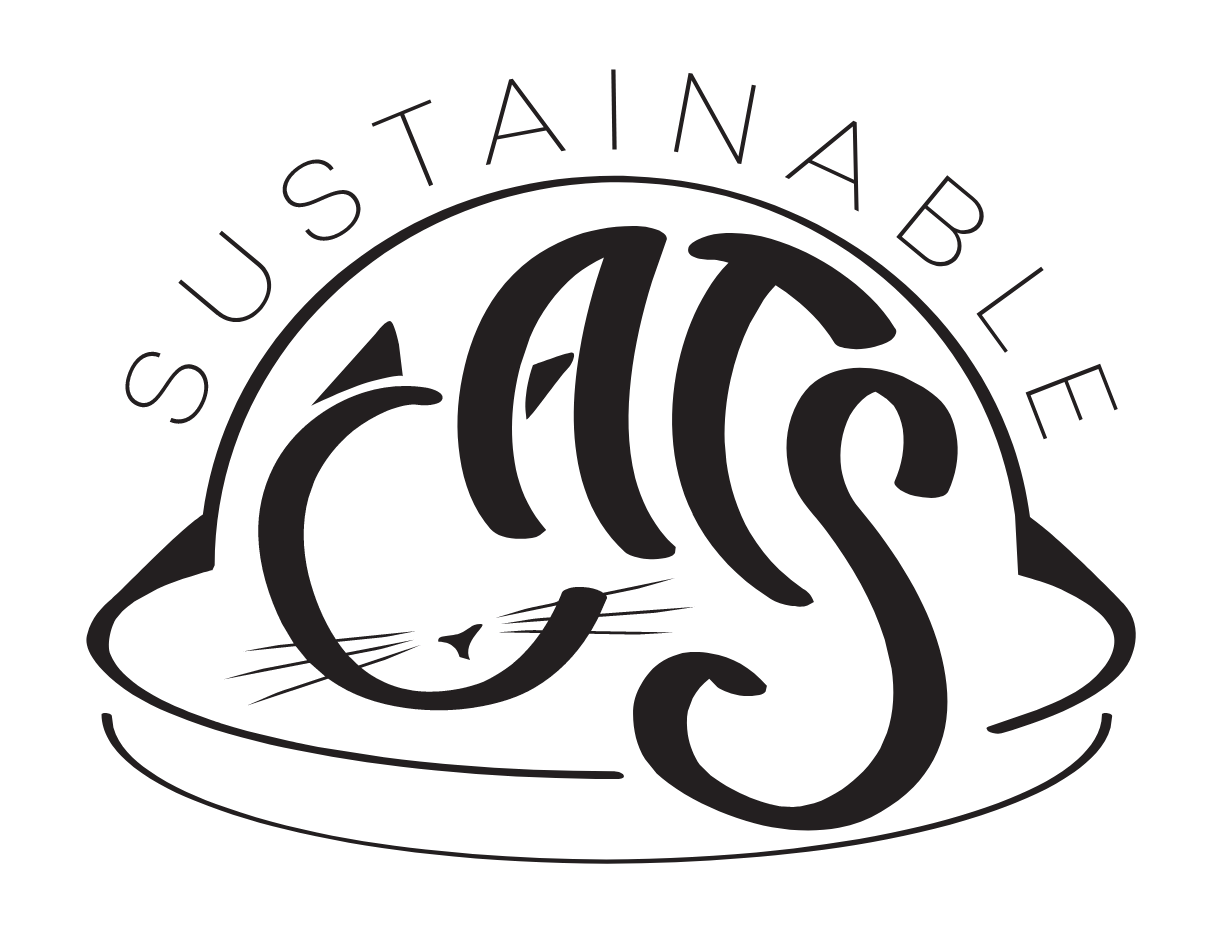
Blog
Sustainability for Cats Lovers

Cats are beloved companions for millions of people around the world. But like any pet, they have an impact on the environment. Cat food production, litter box disposal, and other aspects of cat ownership can all contribute to climate change and other environmental problems.
However, there are many things that cat lovers can do to reduce their environmental impact. By making some simple changes to their cat care routine, they can help to make a difference for the planet.
Here are a few tips for sustainable cat ownership:
- Choose sustainable cat food. Look for cat food brands that use sustainable and ethically sourced ingredients. Many companies now offer cat food with sustainable ingredients such as insect protein, sustainably farmed fish, and upcycled food waste.
- Reduce litter box waste. One of cat ownership’s most significant environmental impacts is litter box waste. Clay litter is a non-renewable resource that takes up a lot of space in landfills. To reduce litter box waste, you can switch to biodegradable litter, such as recycled paper pellets or wood shavings. You can also compost your cat’s litter if you have a home compost system.
- Groom your cat regularly. Regular grooming can help reduce shedding and matting, making your cat more comfortable and reducing the amount of hair in the environment. You can also use a natural bristle brush to groom your cat, which will help to reduce plastic waste.
- Use reusable cat products. Many reusable cat products, such as food and water bowls, litter boxes, and scratching posts, are available. Choosing reusable products can help to reduce plastic waste and save you money in the long run.
- Adopt a cat from a shelter or rescue organization. Adopting a cat from a shelter or rescue organization is a great way to reduce the number of cats in shelters and kill facilities. It’s also a great way to find a loving and deserving cat to add to your family.
By following these tips, cat lovers can help to reduce their environmental impact and make a difference for the planet.
Here are some additional tips for sustainable cat ownership:
- Make your own cat toys. There are many ways to make cat toys from recycled materials. For example, you can make a scratching post out of cardboard or a ball out of yarn.
- Plant a cat-friendly garden. If you have outdoor space, you can plant a cat-friendly garden. This will give your cat a safe and stimulating place to play, explore, and support local biodiversity.
- Support sustainable cat businesses. Many businesses are committed to sustainable cat ownership. When shopping for cat products, look for businesses that use sustainable materials and ethical practices.
By making minor changes to your cat care routine, you can make a big difference for the environment.









